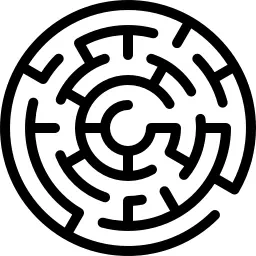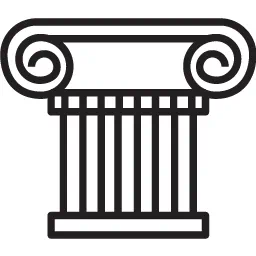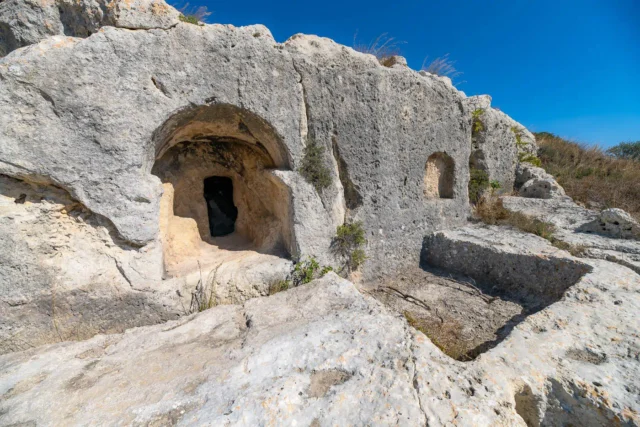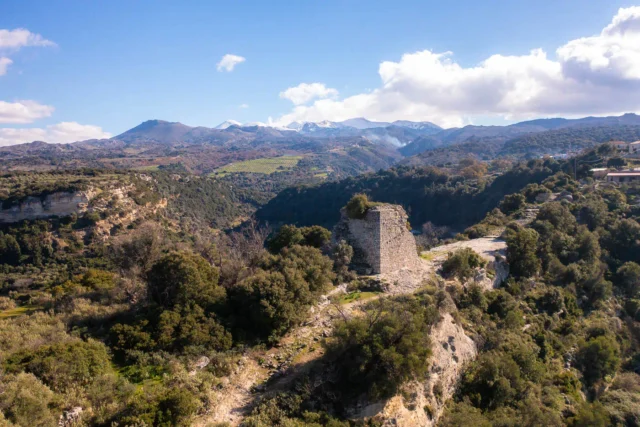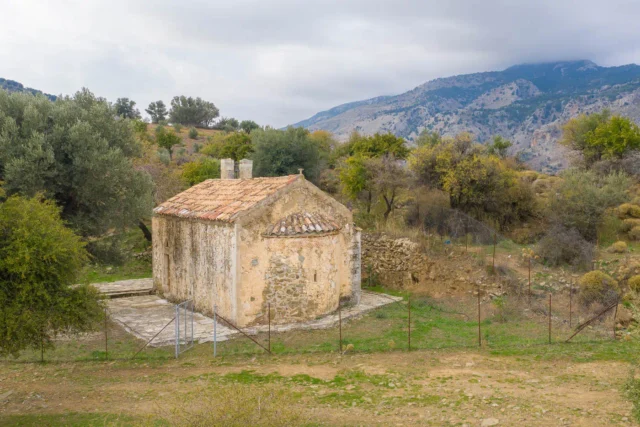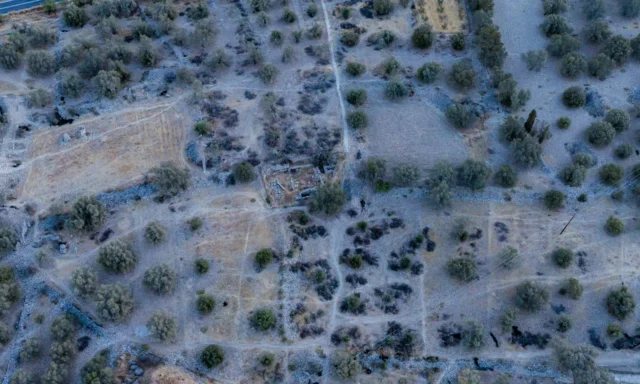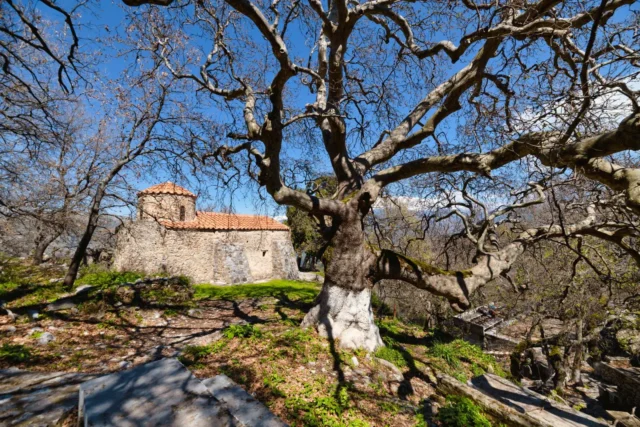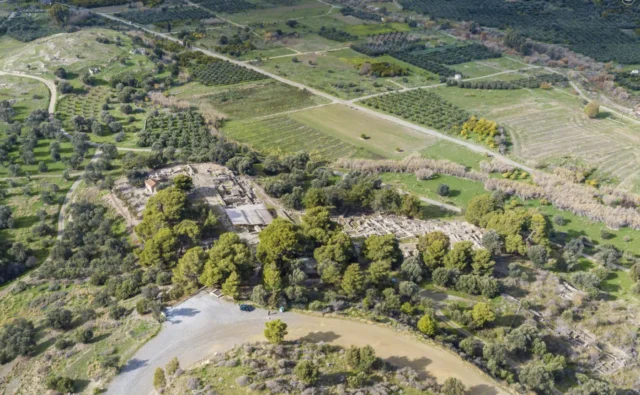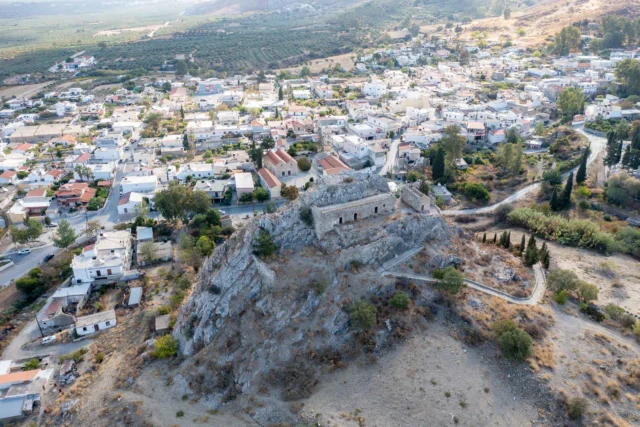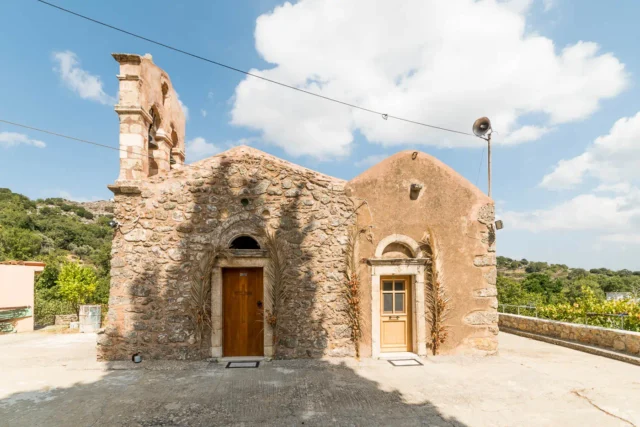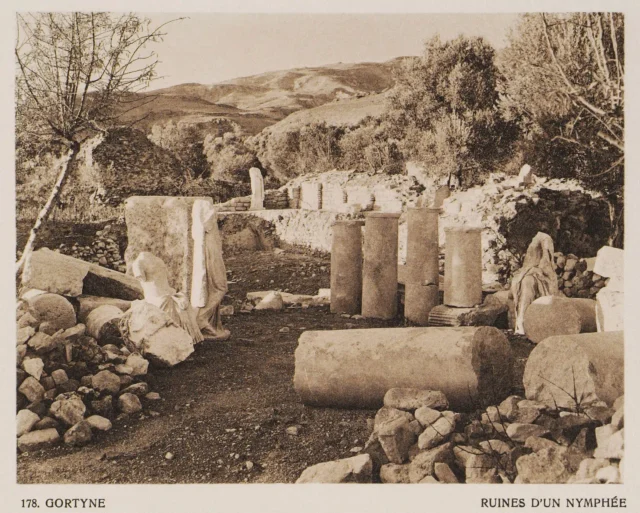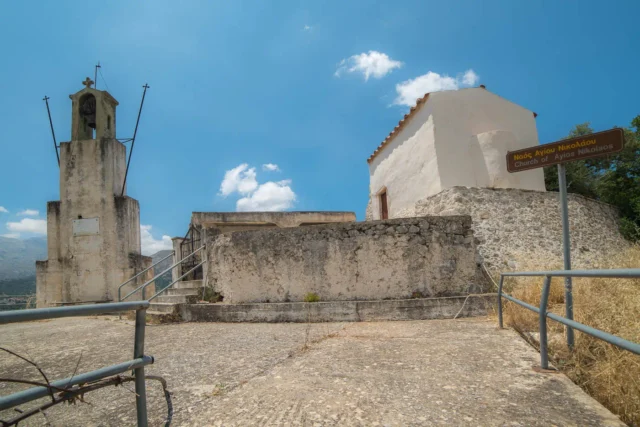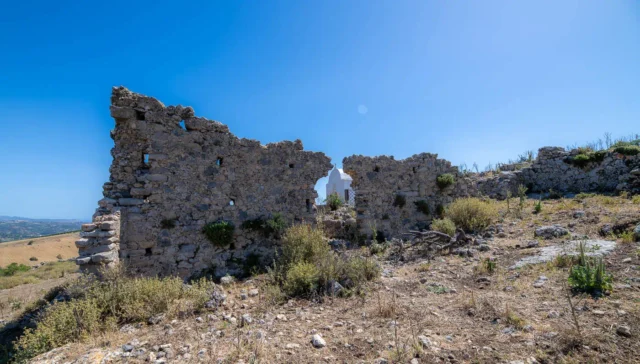The island of Crete, with its strategic location and rich history, has been a coveted prize for many empires. Among them, the Byzantine Empire held a significant sway over the island in two distinct periods. The Second Byzantine period, spanning from the island’s reconquest in 961 AD to its capture by the competing forces of Genoa and Venice in 1205 AD, witnessed an era of resurgence, administrative reorganization, and cultural continuity. This narrative delves into the intricacies of this period, highlighting the unique aspects of Crete under Byzantine rule.
The Reconquest and its Aftermath
The successful Byzantine reconquest of Crete in 961 AD, led by the valiant general Nikephoros Phokas, marked a turning point in the island’s history. This victory not only brought Crete back into the Byzantine fold but also ushered in an era of administrative reorganization and cultural revival.
Administrative and Military Restructuring
Following the reconquest, Crete was restructured as a theme, a standard Byzantine administrative unit. Chandax, the former Arab stronghold, was established as the new capital, and a strategos was appointed to govern the island.
A regiment of 1,000 soldiers was established as the island’s garrison, underscoring the Byzantine Empire’s commitment to securing its newly regained territory. This regiment, under the command of a taxiarch, was further divided into tourmai, smaller military units responsible for local defense.
Re-Christianization Efforts
The Byzantines also focused on the religious landscape of Crete. Extensive efforts were undertaken to re-Christianize the island, which had been under Muslim rule for over a century. Religious figures like John Xenos and Nikon the Metanoeite played a crucial role in this endeavor, preaching, establishing churches, and restoring the island’s Christian identity.
Cultural Continuity and Change
The Second Byzantine period was marked by both cultural continuity and change. The island’s long history and its unique blend of influences from various cultures continued to shape its identity. The Byzantine administration, while establishing its authority, also recognized and respected the island’s cultural heritage.
The Komnenian Era and Beyond
Under the reign of Alexios I Komnenos, Crete’s administration was further refined. The island was placed under the rule of a doux or katepano, a governor with both civil and military authority. By the 12th century, Crete, along with other regions of southern Greece, came under the overall command of the megas doux, the commander-in-chief of the Byzantine navy.
Challenges and Stability
Despite facing challenges such as the revolt of its governor, Karykes, in the late 11th century, Crete remained a peaceful and prosperous region under Byzantine rule. The island’s strategic importance and its economic potential contributed to its stability and prosperity.
The End of Byzantine Rule
The Second Byzantine period came to an end in 1205 with the conquest of Crete by the competing forces of Genoa and Venice. The decline of the theme system and the weakening of the Byzantine military presence in the Aegean paved the way for this transition.


